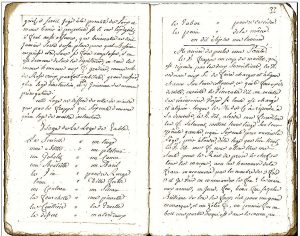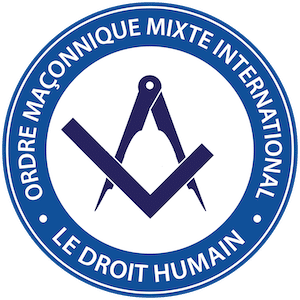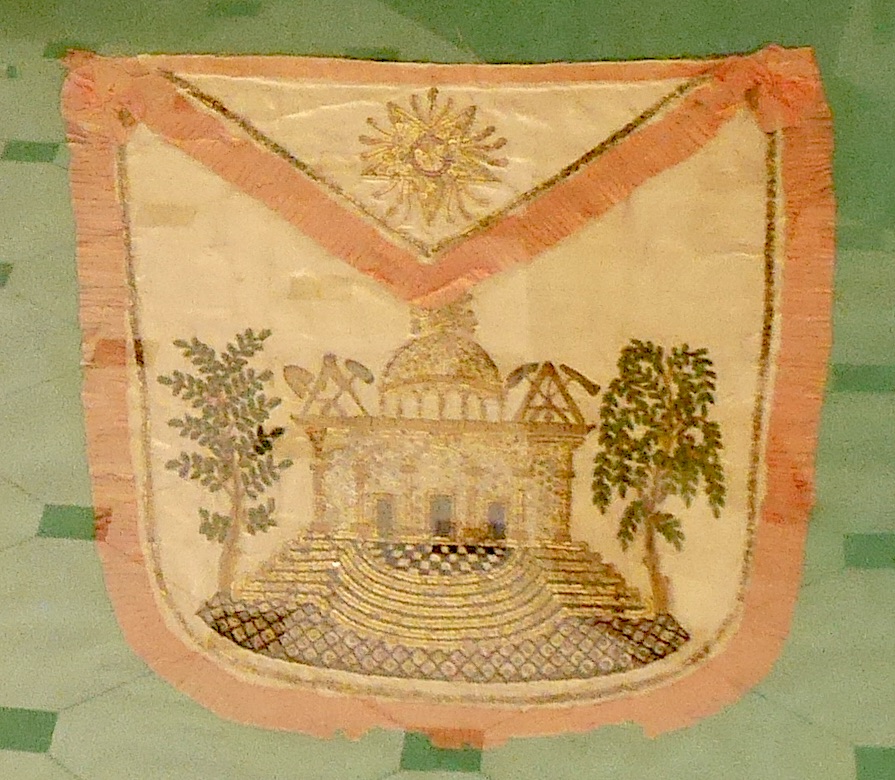The first writings date from the late 17th and early 18th centuries. Their study shows a considerable evolution and diversification during the first half of the 18th century. It was at this same period that also appeared – in a certain confusion, it must be said – new works of art, such as titles and degrees beyond the top three grades: apprentice companion and master.
This proliferation of Masonic Rituals led to various initiatives aimed at standardizing practices and forming the various Masonic rituals into distinct and stable groupings – Masonic Rites.
(Click on the images for more information).
Freemasons meet in lodge. One lodge is a group of Freemasons under the direction of one Brother or Sister (called the Right Worshipful Master (RWM) or in some Lodges the Worshipful Master (WM)), together with a Board of Officers , each of which plays their part in the Opening and Closing of the work of the lodges, as well as in the Work of the Lodge as well as in the Ceremonies of the different degrees..
Lodge Meetings take place in a building known as a Temple once or twice each month.
Masonic rituals set out the gestures, language, movements and attitudes during Ceremonies. When Speculative Freemasonry first came into being the rituals were transmitted orally and only a few vestiges of those original versions remain today.

Masonic Ritual of 1769
Nowadays, whilst there are a considerable number of rites – and still more are coming into existence – Most Lodges use a few particiular rites:
- The scottish Rites
-
The Ancient and Accepted Scottish Rite
-
-
- The Rectified Scottish Rite
-
The French rite
-
The York rite
-
The Emulation Working
-
The Egyptians rites
- The rite of Memphis-Misraim
Lodges of Freemasons are grouped together in structures called an Order or an Obedience. These federated structures define some basic principles (known as statutes) to which all Federation members adhere. The Lodges of which they are composed decide their conditions for Initiations, conferral of degrees, the ritualworked, access rights between parties, Lodges and so on.
Some Obediences are male-only (for example the Grande Lodge de France, Grand Orient of the Netherlands …), others are female-only (Grande Lodge Feminine de Belgique), for example, others are mixed (the International Order of Freemasonry for Men and Women LE DROIT HUMAIN).
Although there are a significant number of different Masonic Obediences , all very different in their ideas and practices, they can nevertheless be divided into two main branches:
-
Obediences which describe themselves as Regular. By far the most numerous in the world they refer to the “Ancient Landmarks” codified over time by the United Grand Lodge of England (UGLE). These Obediences initiate only men and require their members to believe in a Supreme Being known as the Great Architect of the Universe (GAOTU)
One of their main characteristics is that they do not discuss politics or religion and so do not deal with matters relating to the building of Society.
They only work the first three (Craft) degrees.
-
The Obediences known as Liberal or Adogmatic Freemasonry. There is absolute freedom of conscience and atheists are accepted. This is sometimes called “Continental” Freemasonry because the oldest of these Obediences (which came into being in 1773) annd which has the largest number of members is the Grand Orient de France. The work of Liberal Lodges is spiritual, social and in some cases political. Liberal Freemasonry is composed of Obediences which are mixed-gender.
The International Order of Freemasonry for Men and Women, LE DROIT HUMAIN is unique in that. It works seamlessly from the first to the thirty-third degree and practices only one rite, the Ancient and Accepted Scottish Rite (A&ASR). These two characteristics define it as an Order and not as an Obedience.


